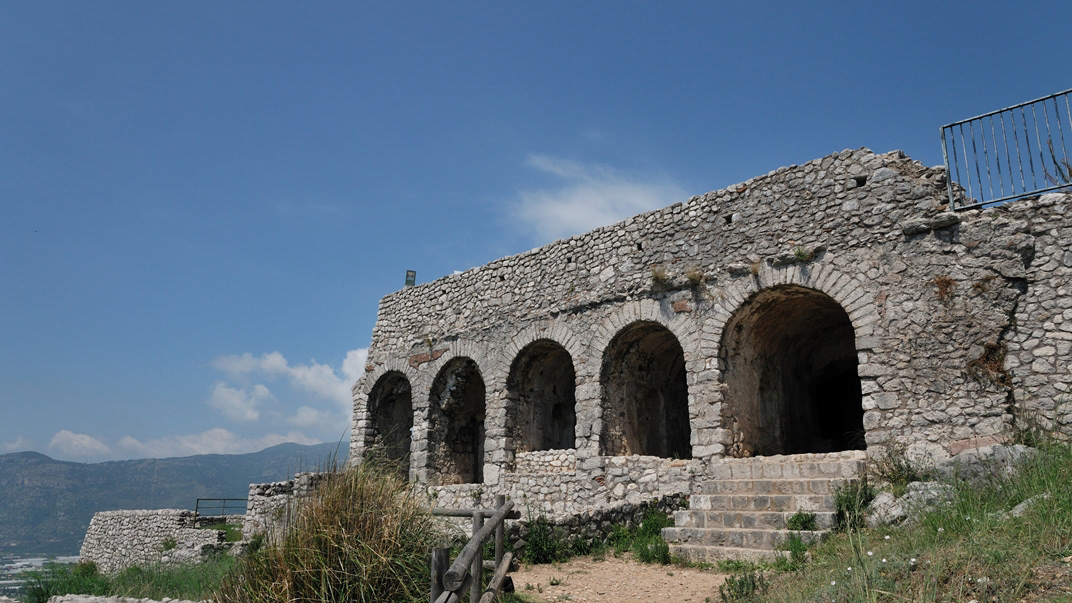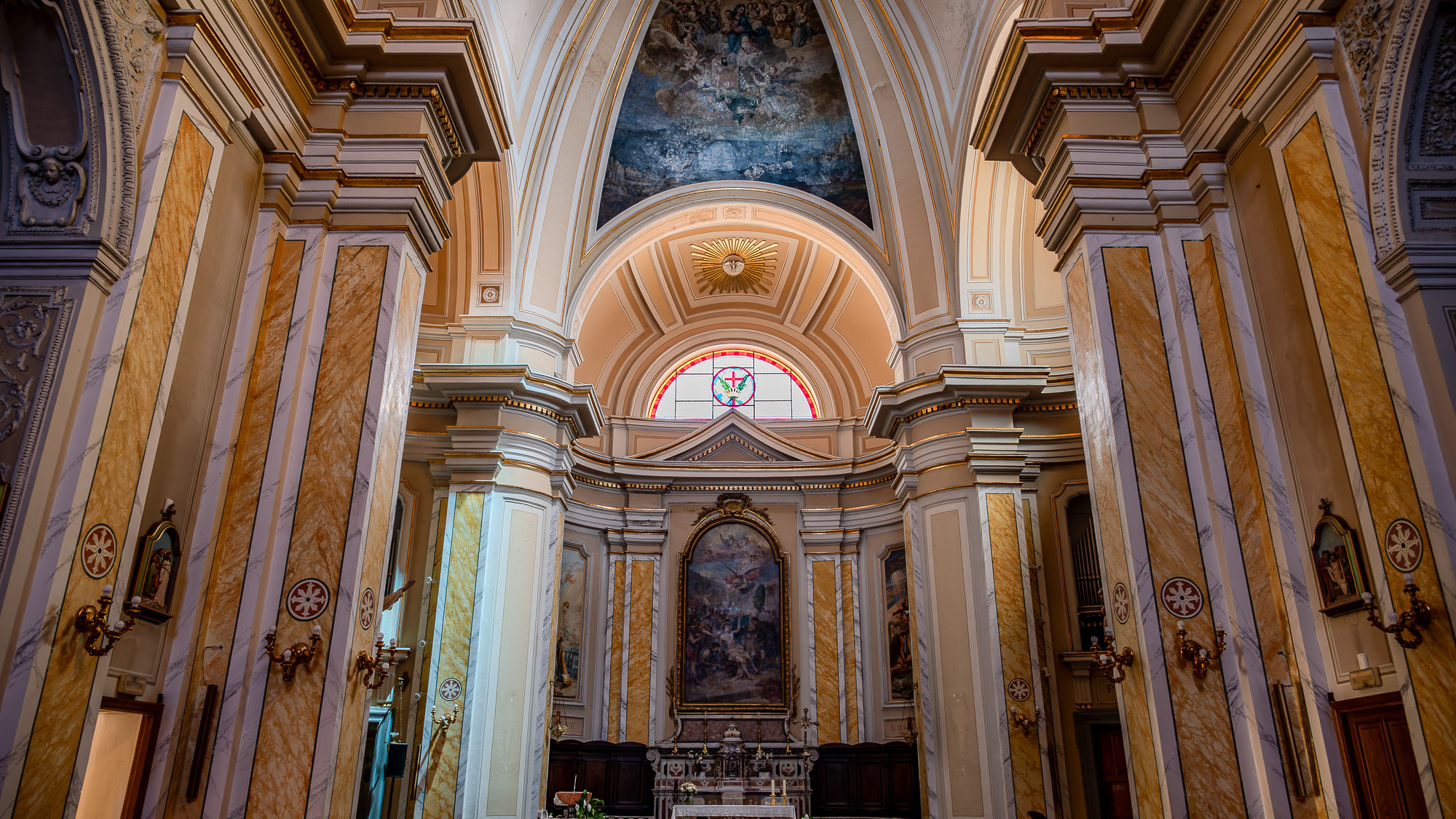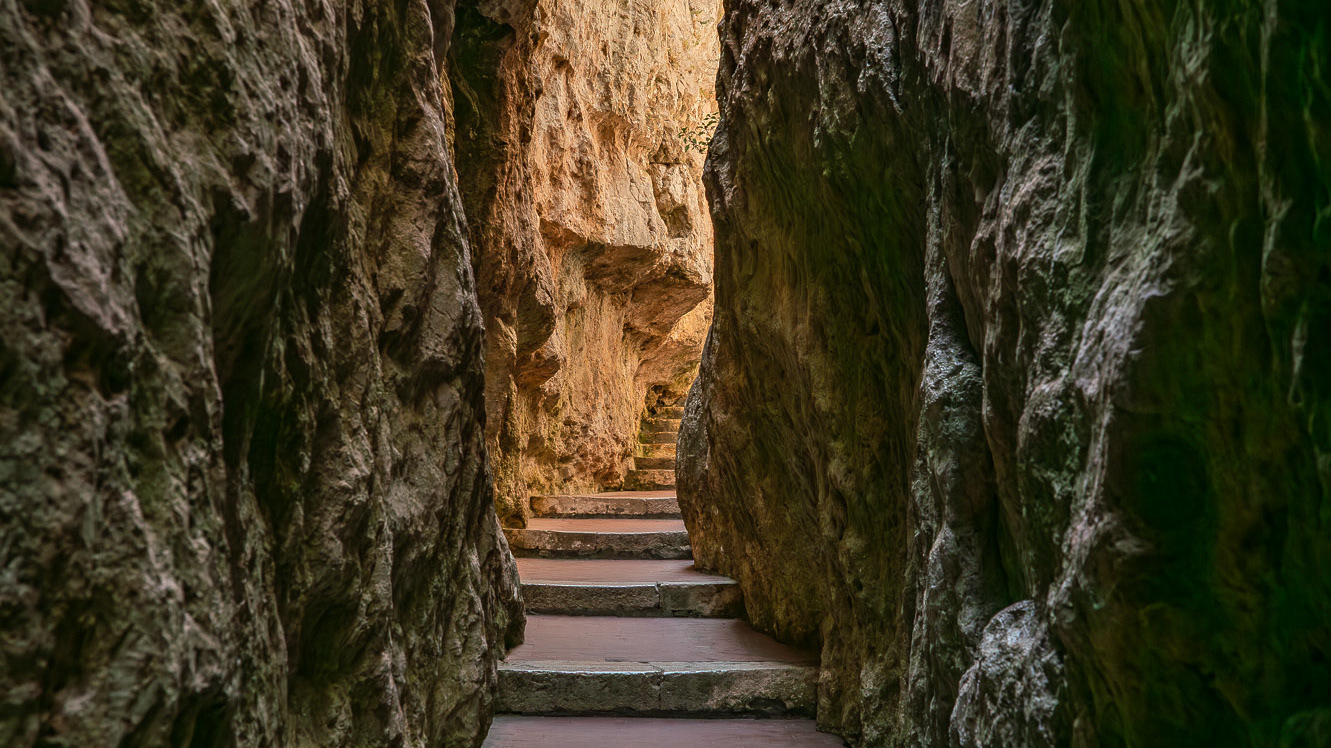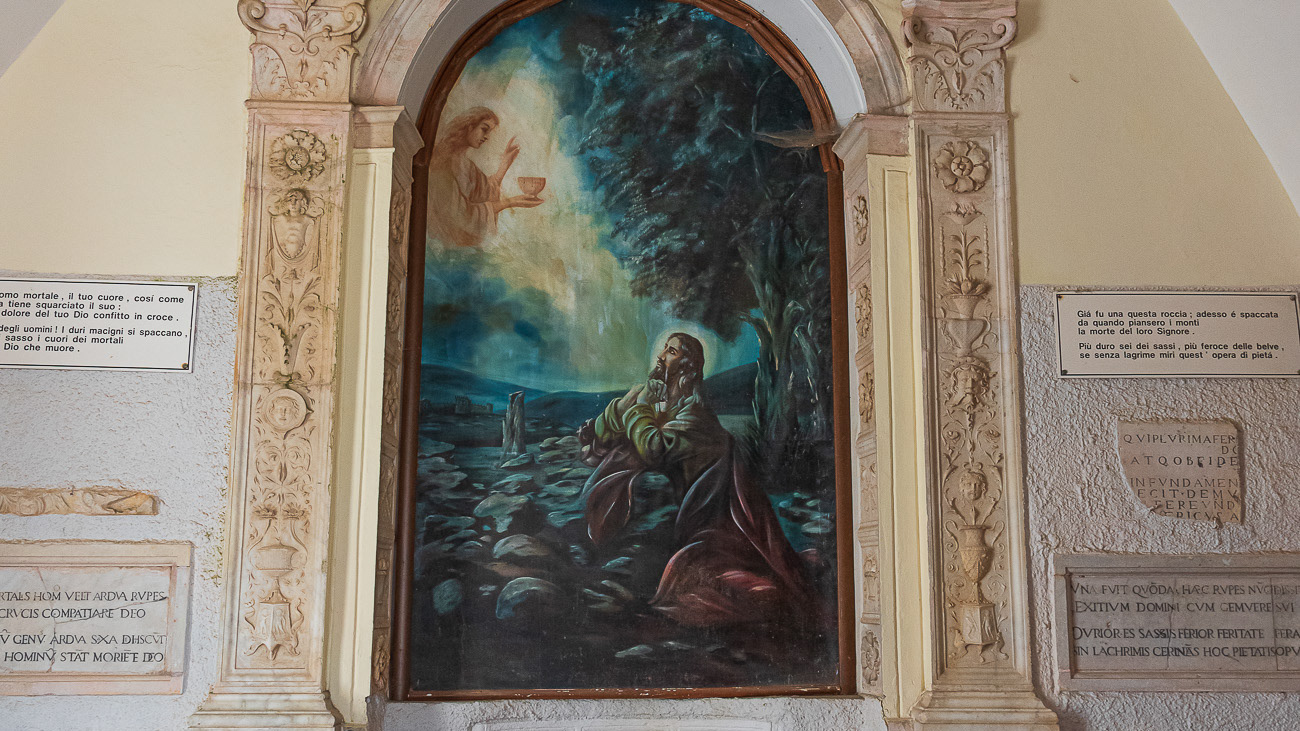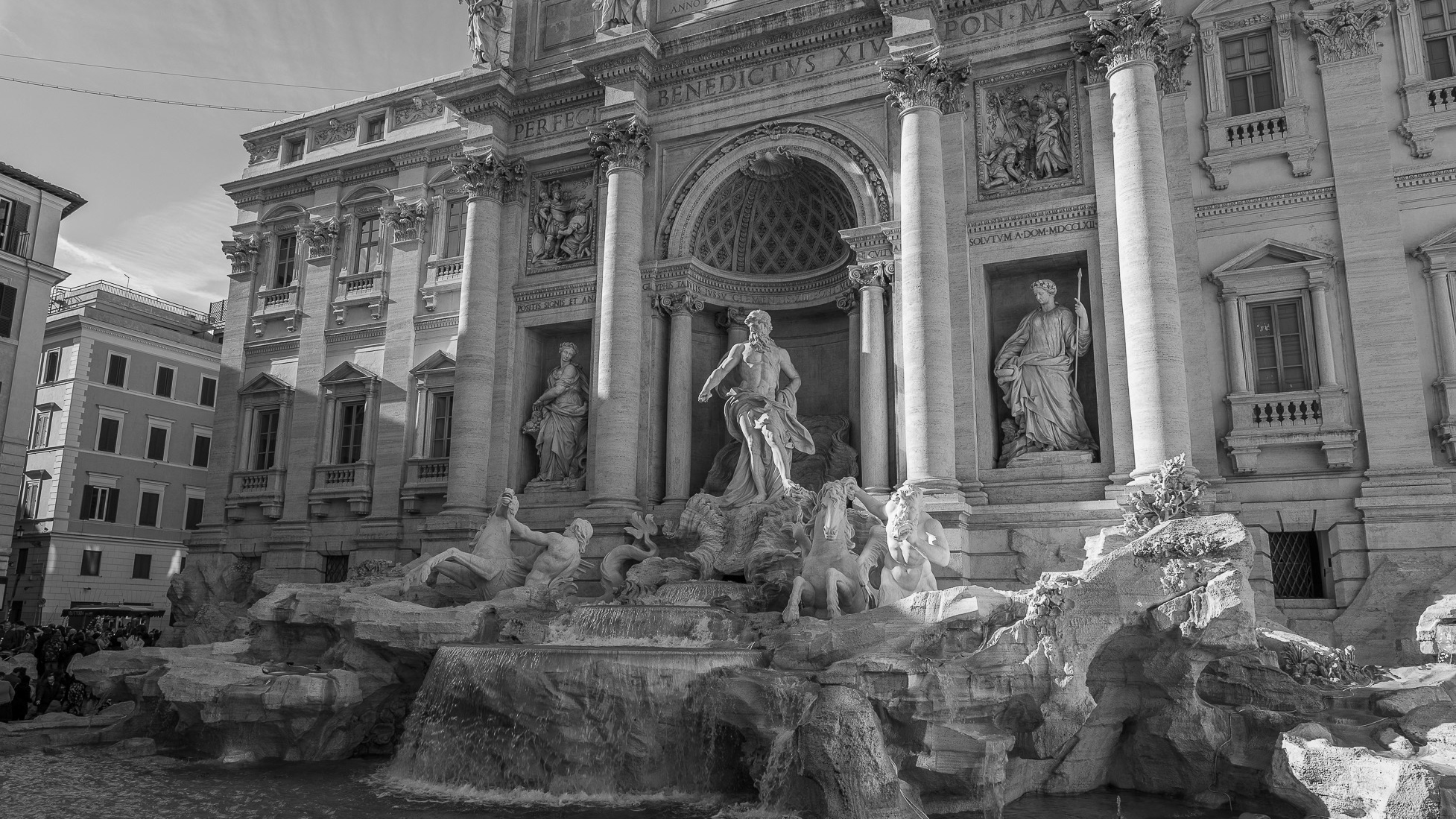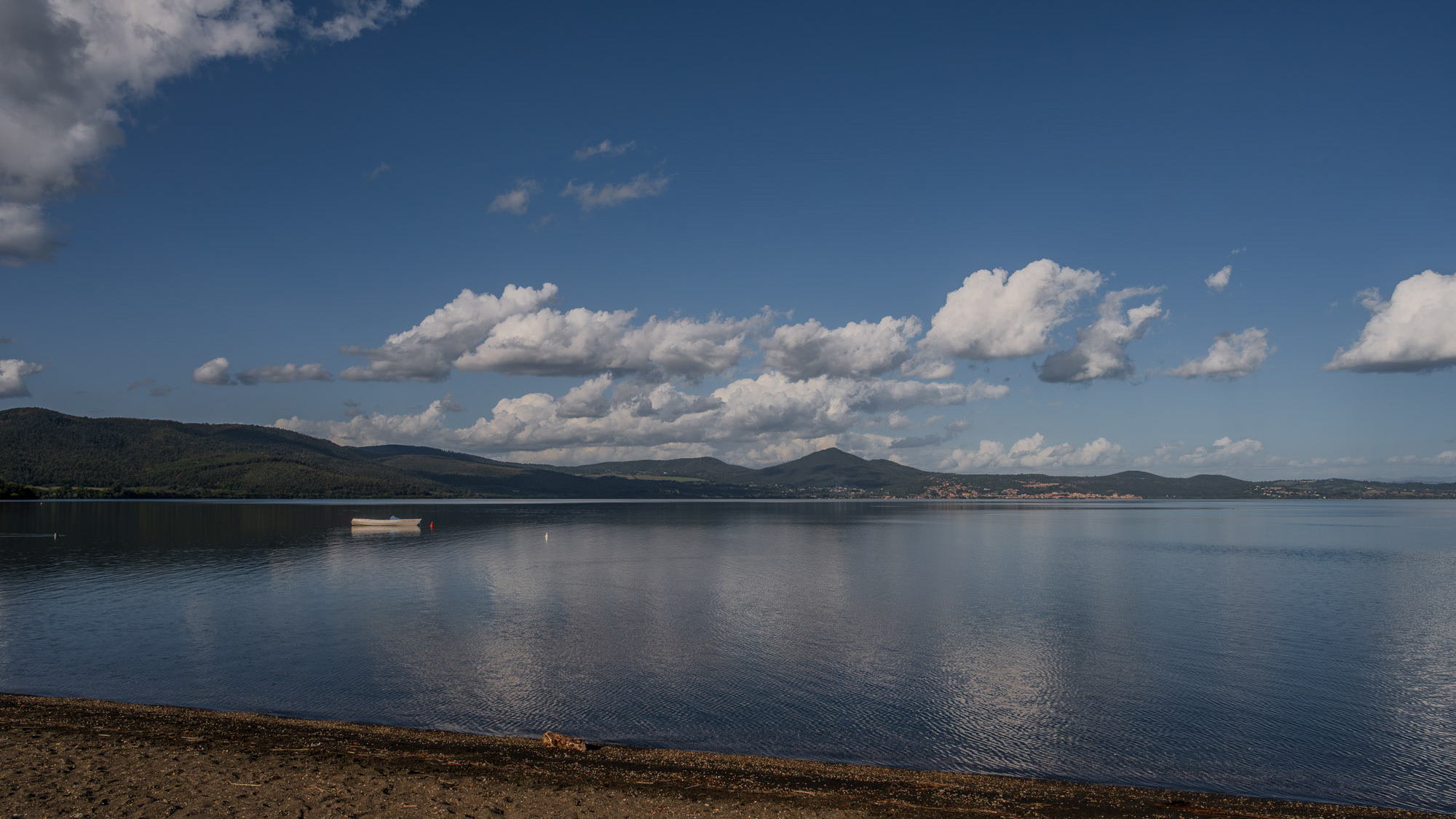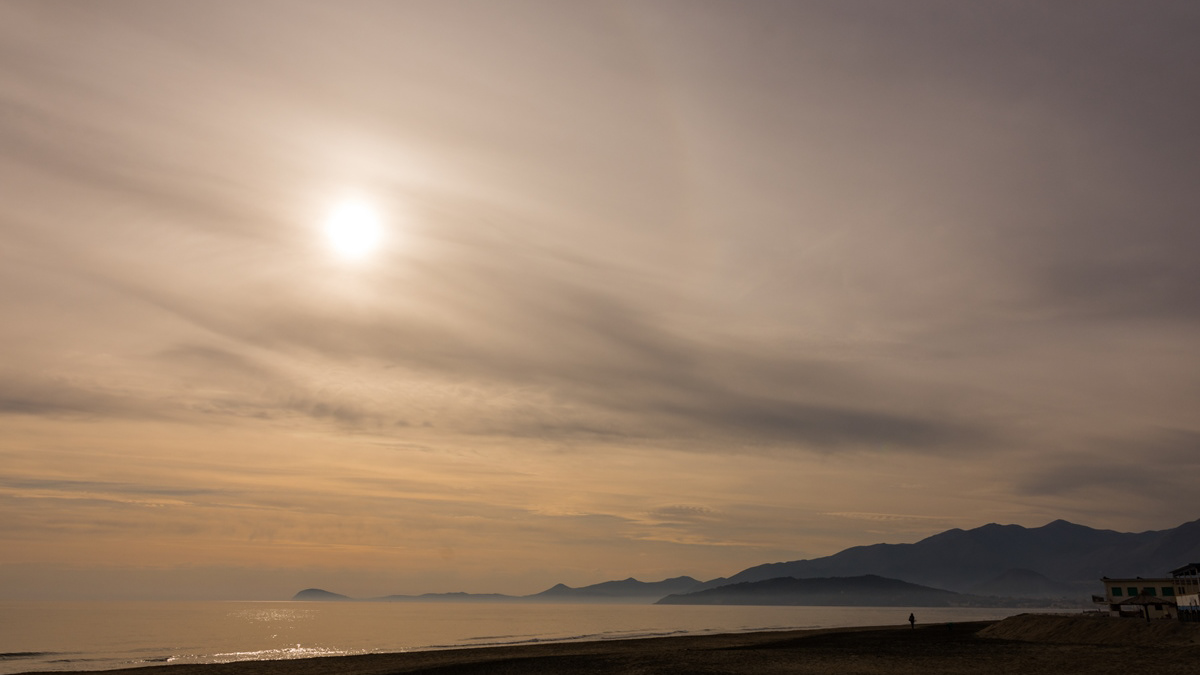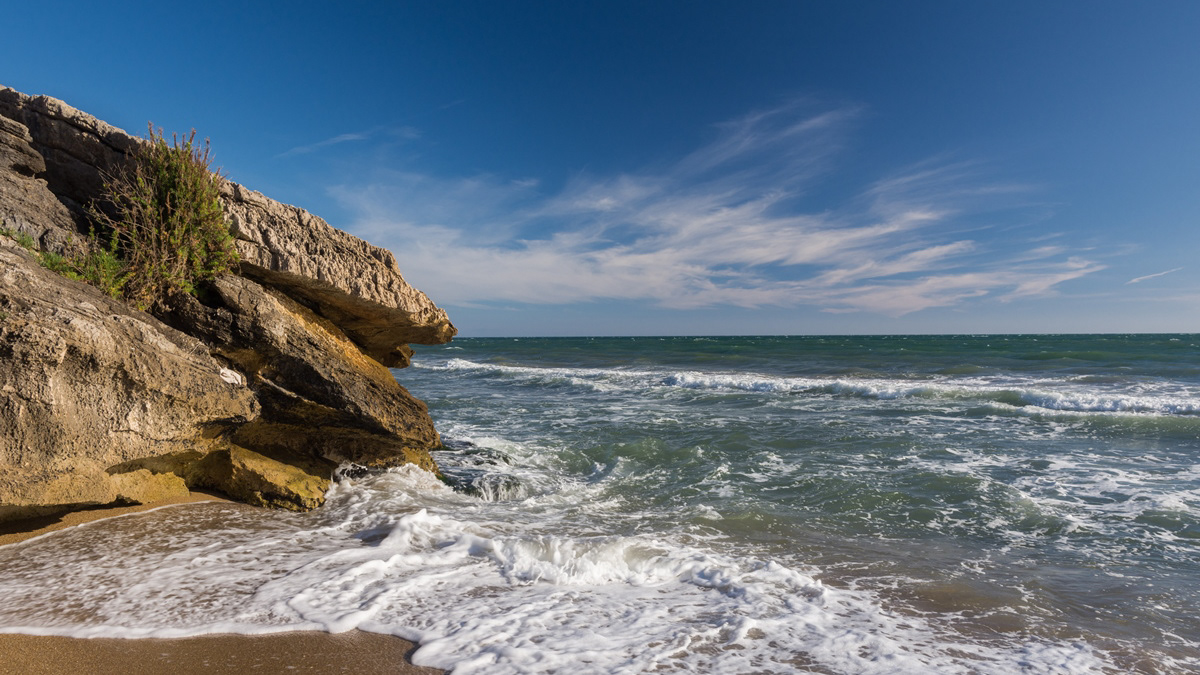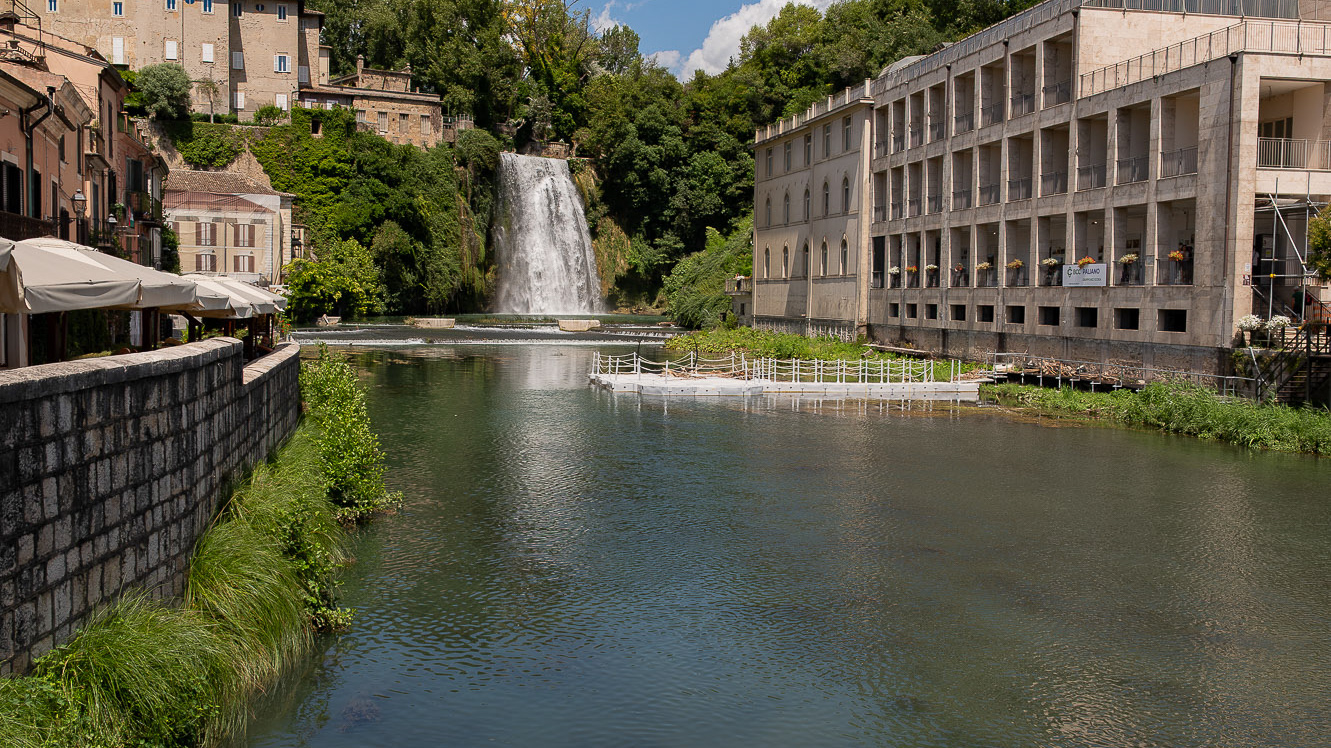Posta Fibreno (FR) - The Nature Reserve
The Lago di Posta Fibreno regional nature reserve is one of the regional nature reserves established by the Lazio Region and managed in collaboration with the municipal administration of Posta Fibreno. It is famous for hiding a real floating island in the vegetation of the reeds, already mentioned by Pliny the Elder in his Naturalis historia. It was established in 1983. Managed in collaboration with the WWF until 1999, it is currently administered by the Lazio Region and the Municipality of Posta Fibreno which regulates the recruitment of personnel and the management of the budget. It extends for about 400 hectares completely within the limits of the municipal territory of Posta Fibreno, located on the Lazio side of the National Park of Abruzzo, Lazio and Molise in the Province of Frosinone and includes the surface of the homonymous lake (about 300 m asl), the southern and eastern shores, the banks of the Rio Carpello and part of the hilly area (max 500 meters above sea level) between the localities of Carpello and Vallone della Pica on the border with the municipalities of Campoli Appennino and Broccostella. The naturalization of the territory occupies an increasingly large area but the western shore of the lake is very urbanized due to the development of ancient rural settlements and a weak tourist reception activity (mainly catering). The hamlet of Casalvittoria grows to the south, joining the historic center of Posta Fibreno with the former Vandra state road and the Avezzano-Sora-Cassino highway.
You may also like
